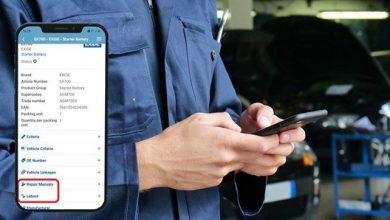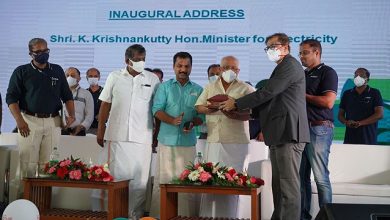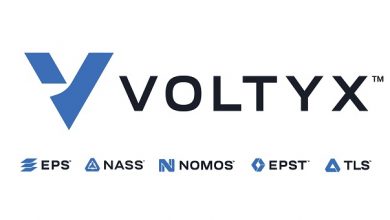Battery Swapping Needs to be Included As Part of FAME II : Prabhjot Kaur, CEO, C-BEEV
Prabhjot Kaur is CEO of Centre for Battery Engineering and Electric Vehicles (C-BEEV). She is also Co-founder and CEO at Esmito Solutions. She is working on bringing to the market outcome of R&D in battery technology. She is also involved in mentoring start-ups and promoting Industry-academia Interactions.
Please read below the excerpts of discussion which Telematics Wire had with Ms Prabhjot Kaur on the emerging battery technologies for electric vehicle.
Can you tell us something about C-BEEV.
C-BEEV was set up in 2016 with a vision of “Make in India.” The intention has been to design and develop Electric Vehicle sub-systems in India for Indian environment and traffic conditions. We work with multiple companies and start-ups to bridge the technological gaps and take the innovative technologies to market. Translational product development has been the core in all projects we take up in the Centre.
As a CEO what is your vision and directive for C-BEEV?
C-BEEV has potential to grow as a global design house for batteries and electric vehicles. India has missed the solar cells and microelectronics wave; EVs is next big wave that shall have a big impact on our GDP, hence the mandate with us is to aid in building the Nation’s assets in this sector. Thus, we have started by focusing on Indian needs.
What are issues and challenges faced in Electric Vehicle Batteries?
Battery is the most costly component in EVs and the challenge lies in the fast evolving chemistries and variants of Li-ion batteries. Before a variant with a particular chemistry can be completely understood, there is another entry in the market. With change in chemistry, an OEM needs to spend considerable amount of time to develop a new product around it which calls for huge investment and lead time. And not doing so, results in loss of market. This is where C-BEEV comes in: faster turn around of battery packs for industry partners, dedicated team keeping abreast with newer chemistries and technologies.
What are your thoughts about ‘Charging infrastructure’ for Electric Vehicles in India?
Our Infra development needs to be focused on serving the types of vehicles that majority of our population uses: 2W, 3W and small cars. For the light to small vehicular segment, the infrastructure must be widespread across highways, parking bays, important meeting joints etc. For heavier vehicles like buses and trucks, depots and some strategic locations on highways are ideal for setting up such infrastructure. Battery swapping infrastructure shall be a great boon for making EVs affordable. We at C-BEEV have a dedicated team for in-house design and development of chargers for both Public Charging and Swapping Infrastructure.
Which type of charger is suitable for India considering the EV ecosystem is evolving in India?
We foresee requirements for a lot of Public chargers up to 15kW DC and slow AC chargers in parking bays and other public spaces. Higher power chargers may be good for luxurious cars and heavy vehicles which would be needed in smaller numbers.
Tell us about pros and cons of Battery Swapping, can you share some of the insights gathered during trials at IIT-M?
Battery swapping makes EV viable from day one. A good infra set up for swapping at convenient places with technology in place for tracking assets and ensuring good ROI is all that is required. We have conducted studies, models and pilots and the results have proven to be very promising. It is both beneficial for users and also to the operator supplying batteries. Some trials have already revealed better work-revenue returns for the drivers who have been using EVs with swapping.
As far as cons are concerned, we believe standardization has a big role to play. With our population numbers and infra requirements, lack of standardization in swapping infra can result into a chaotic situation. Secondly on subsidy, swapping needs to be included as part of FAME II along with charging infra and EVs.
How do you see the role of startups in electric vehicles ecosystem?
Start-ups dive into the market with innovative products with high risk taking ability and big dreams,and this can prove to be disruptive in the EV market. This is a good time when society is also accepting new companies and newer products bringing in a good launch pad for the start-ups. At CBEEV, we have about ten start-ups working with us on different areas of EV systems.



